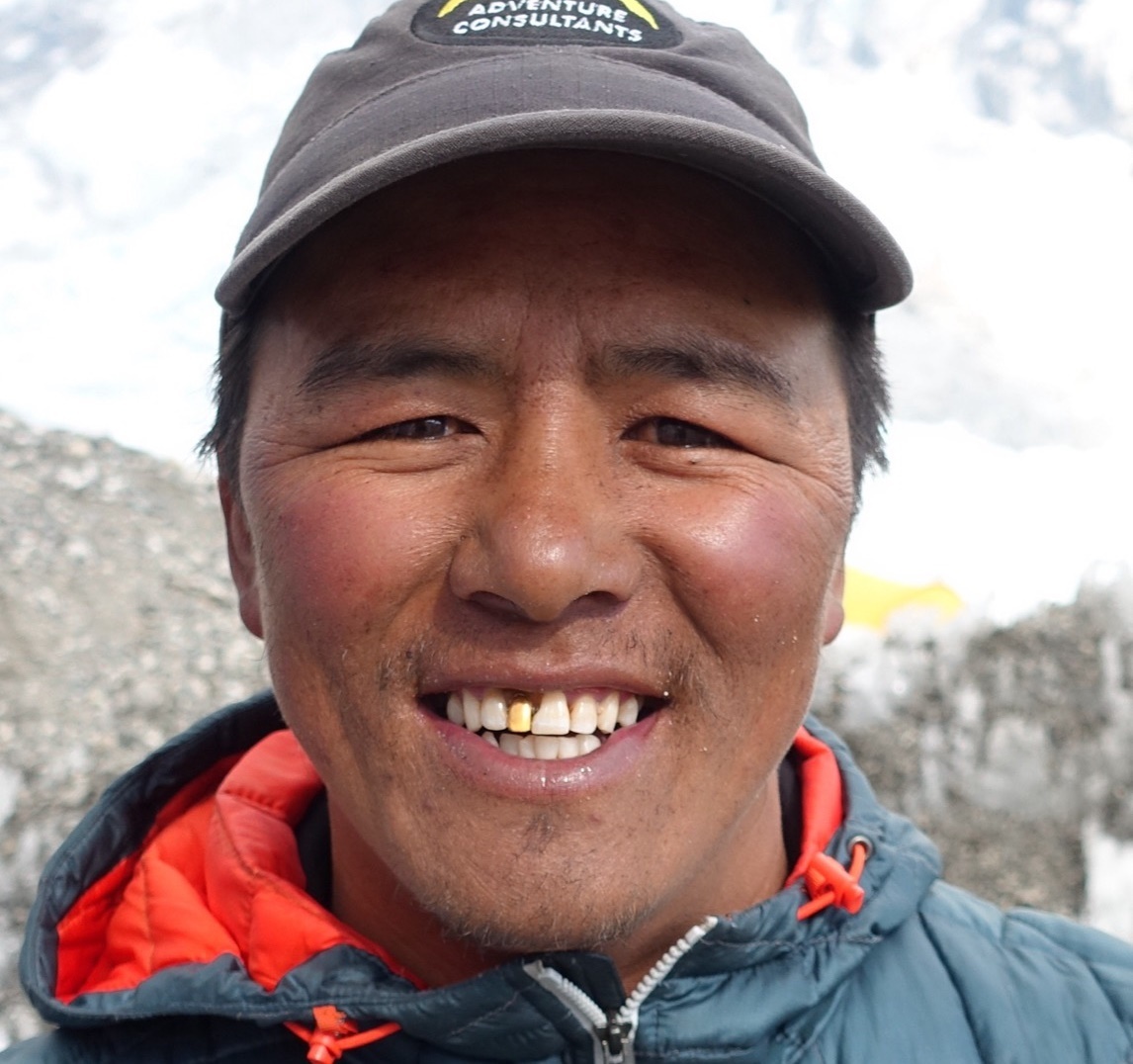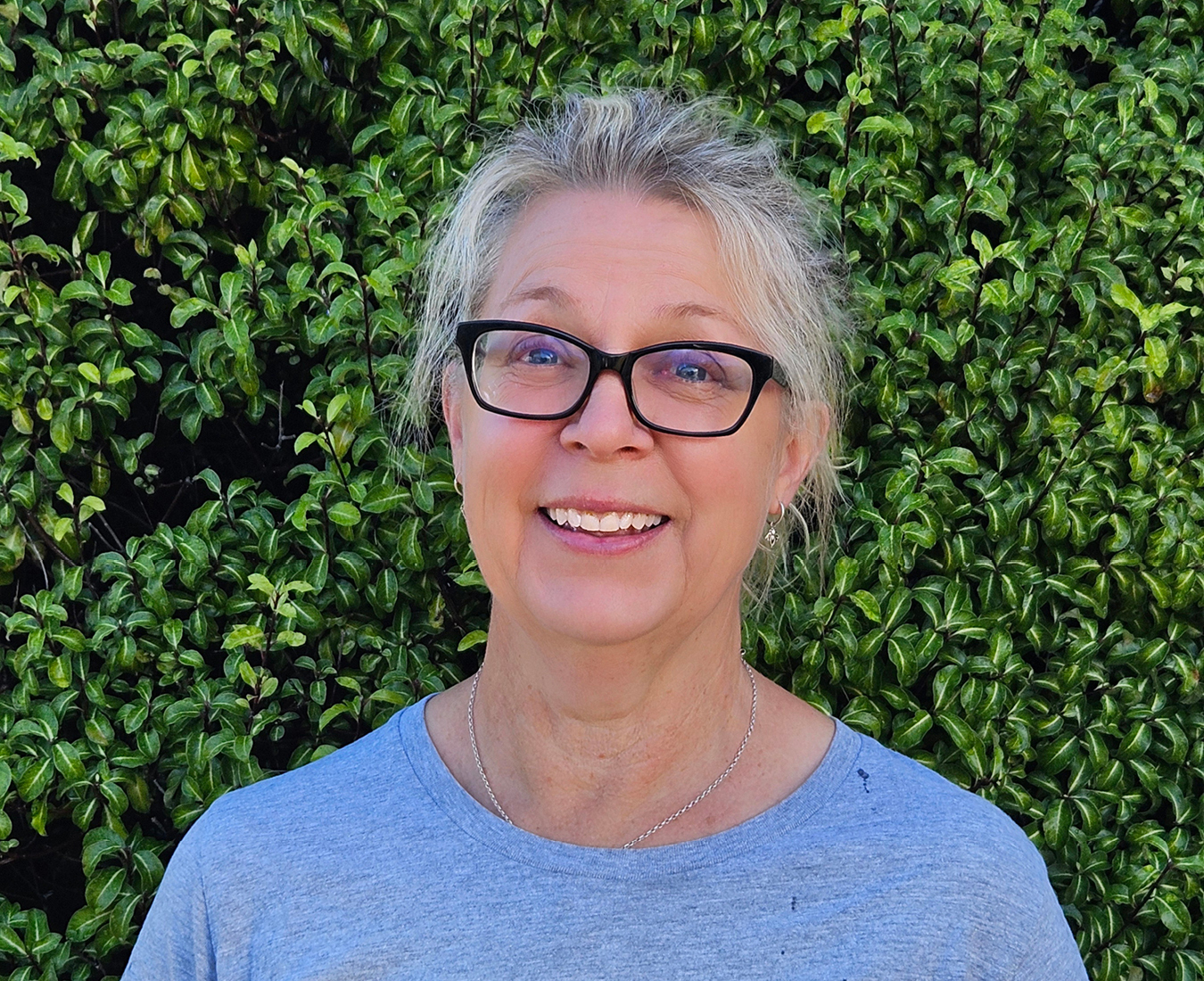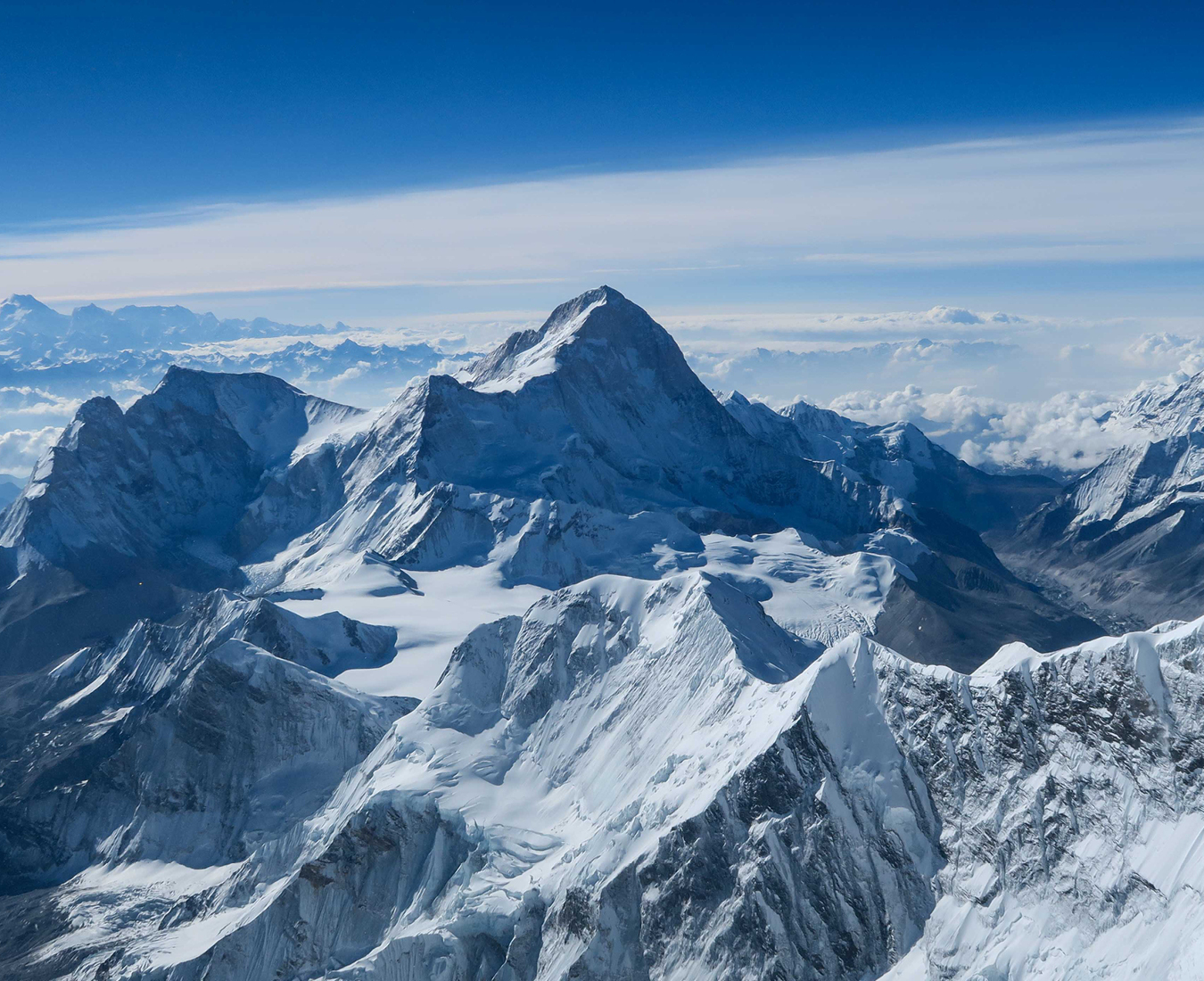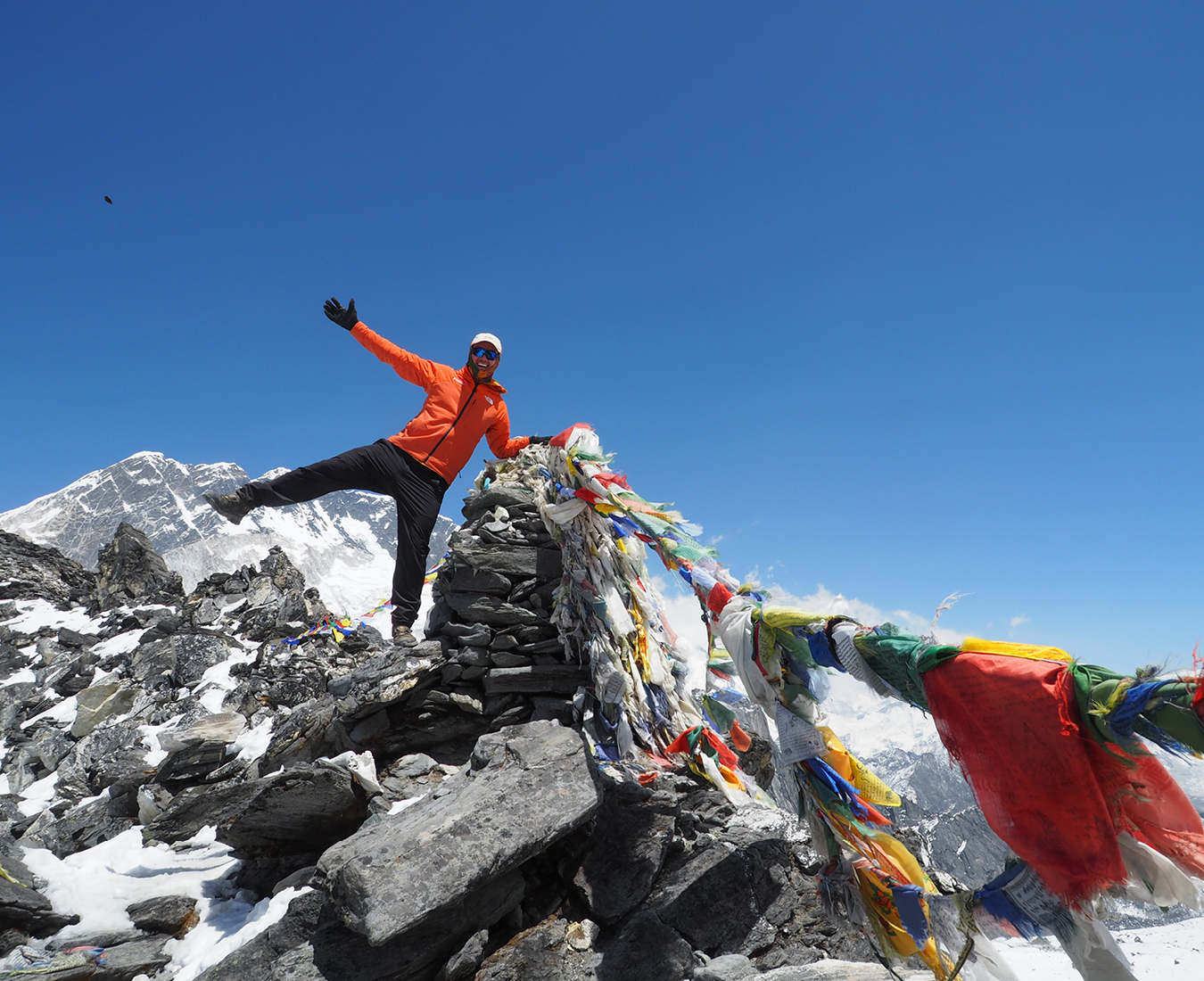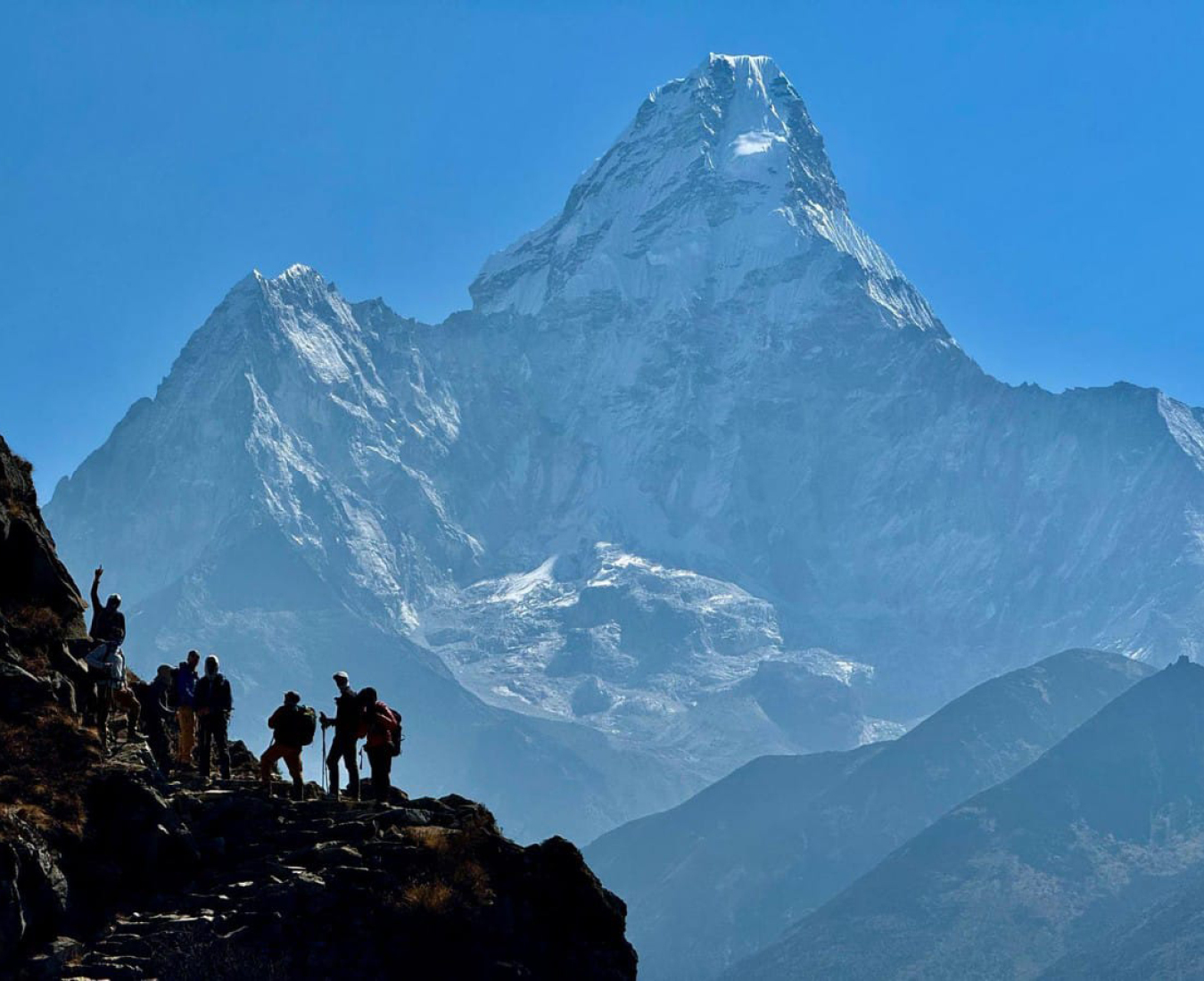The need for exceptional physical fitness cannot be over-emphasised. A regular, strenuous programme must be followed for many months to achieve the level of fitness required. We recommend a training programme tailored to mountaineering such as those from Uphill Athlete.
Mount Manaslu, is the world's eighth-highest mountain, reaching a lofty 8,163m/26,781ft. We climb Manaslu via the North-East Face along moderately-angled snow slopes before a steep snow arête takes us to the summit for magnificent views across the Himalaya.
It is a stunning and remote peak that is an ideal expedition for those looking to climb an 8,000er, or in preparation for Everest.
If you are considering climbing an 8,000m peak, Manaslu has to be one of the preferred options.
We helicopter into a village at the foot of the mountain where we enjoy day hikes to acclimatise before moving up to the Base Camp to begin the climb.
We ascend by the North East Face, utilising four camps along the way. The climbing route ascends moderate-angled snow slopes on the lower reaches with a short steep slope above Camp One. The angle picks up towards Camp Four, where we follow fixed ropes through a series of short ice bulges to arrive on a flat col and campsite.
Summit day is a pearler—ascend a series of moderate snow slopes and plateaus, finishing up a steep snow arête to an airy summit with rather grand views!
- Climb the world’s eighth highest mountain
- Helicopter access to the base of the mountain
- Enjoyable expedition in an exceedingly scenic region
Climbing Ability
Climbing Ability
Advanced
Elevation
Elevation
8,163m/26,781ft
Duration
Duration
42 days
Location
Location
Nepal
| Arrive in Kathmandu |
Kathmandu preparations
Fly to Samagaon 3,500m/11,500ft
Acclimatisation hikes
Trek from Samagaon to Manaslu Base Camp 4,800m/15,750ft
Base Camp preparation and acclimatisation
Establish high camps and acclimatise
Summit climb 8,163m/26,781ft and descend to Base Camp
Descend to Samagaon
Trek from Samagaon to Soti Khola
Drive to Kathmandu
Depart Kathmandu

Departures and Pricing
| Start/End | Departing from | Quantity | Pricing | Notes | Book |
|---|---|---|---|---|---|
| Aug - Oct 2024 | Kathmandu, Nepal | Available | POA | Book Now |
Learn more about out private expeditions here
PREPARE
You must be able to efficiently climb ice, snow and rock terrain, multiple days in a row. Climbers will ideally have a broad set of climbing skills from basic rock climbing to advanced cramponing on snow and ice and strong rope skills such as rappelling and rope ascending. You should be comfortable with camp craft and self-care at high altitude.
Prior ascents of 6,000-7,000m peaks are preferred (such as Denali, Aconcagua, Peak Lenin, 6,000m peaks in Nepal, or the Ecuador volcanoes).

Adventure Consultants is renowned for the quality of its service and strategy applied to high altitude expedition climbing. Our reputation is attributed to meticulous planning and experienced logistics coordination. We have a philosophy of investing in every expedition to offer our climbers the best possible chance of success.
We employ strong and specialised Expedition Leaders and Sherpa staff who are recognised as some of the most pre-eminent mountaineers in the industry.
Many operators make statements about their services that are intentionally designed to mislead or avoid addressing important issues. The reality on the mountain is that unless you have a strong and experienced leader with sufficient Sherpa staff in support, the chances of summiting are dramatically reduced. Expeditions that are operated by local staff, with no qualified and experienced western guides, are generally not able to offer you a legitimate level of safety or success. These expeditions have the highest ratio of accident and frostbite injury on trips which may seem cheap at the time when booking but the long term effects make the price difference irrelevant.
The AC approach to making expeditions work for you is reflected in the quality and safety of the expeditions we run along with our consistently high success rate.

The price of your trip includes the following:
- Nepal government royalty fees
- All expedition organisational requirements
- Reference notes to assist with planning your trip
- All climbing and trekking permits
- Airport transfers within Nepal
- Helicopter Kathmandu to Samagaon
- Land transport in Nepal
- All team equipment, including personal tent at Base Camp
- All expedition staff, including Western guides at 1:5 ratio and Sherpa support
- Breakfast, lunch and dinner ex Kathmandu
- Oxygen—two and a half bottles
- Medical kit
- Base Camp email and satellite phone facilities
- Regular written and photo internet dispatches for families and friends to follow your progress
- dZi Foundation support for their "Revitalize a Village" program — likely to include support for a Nepalese child’s education for a year.






